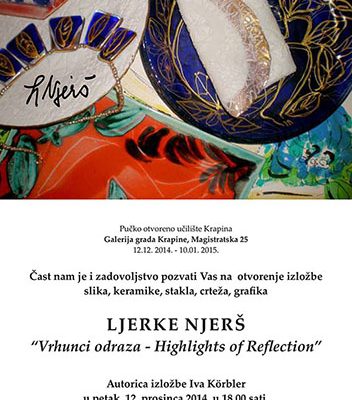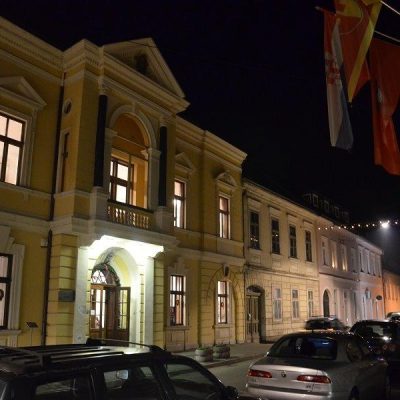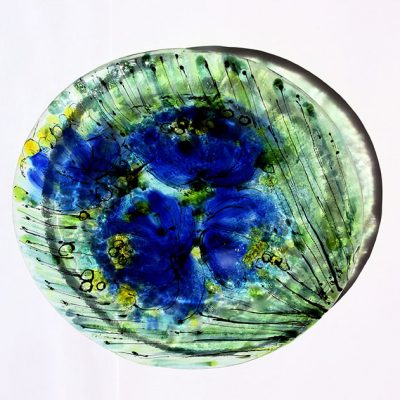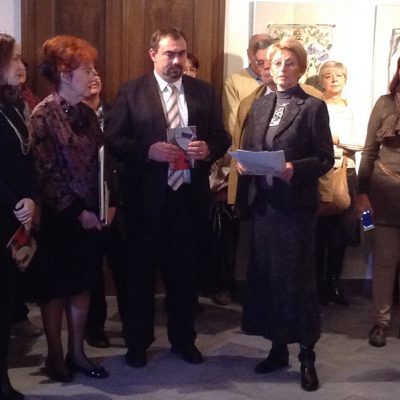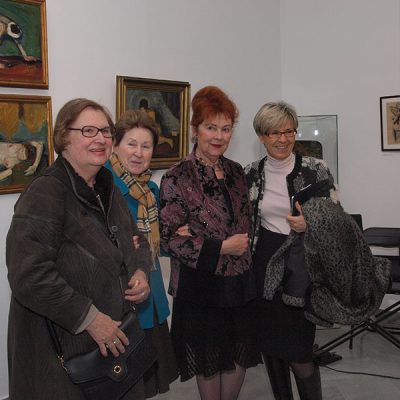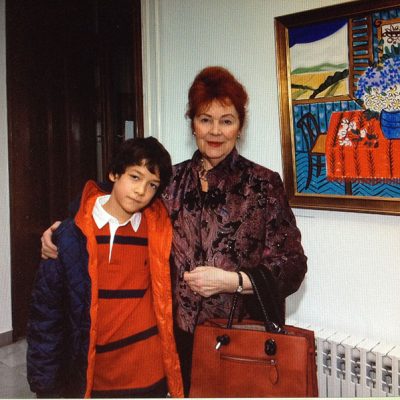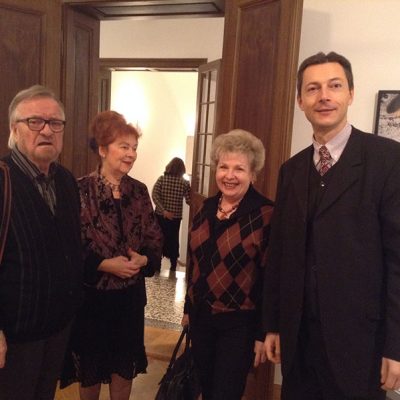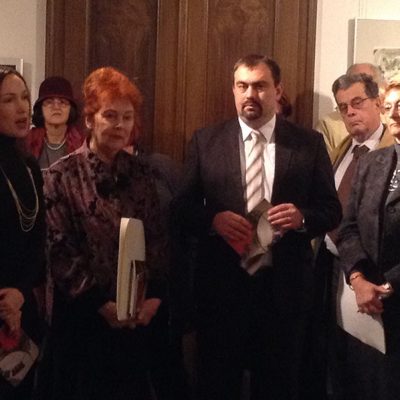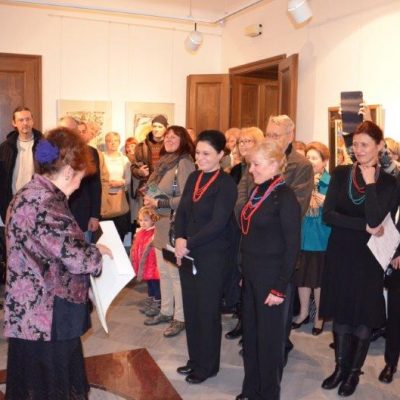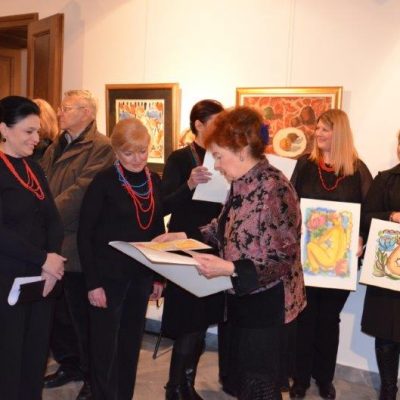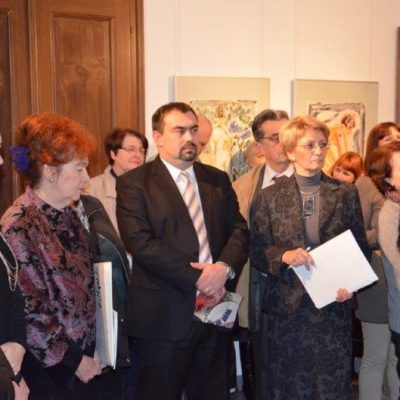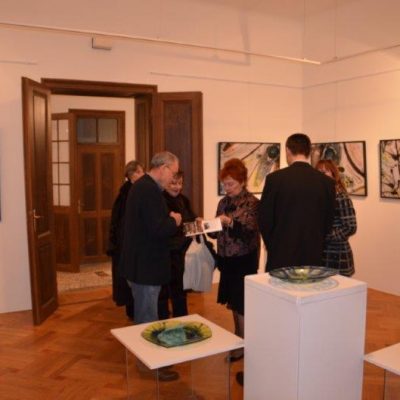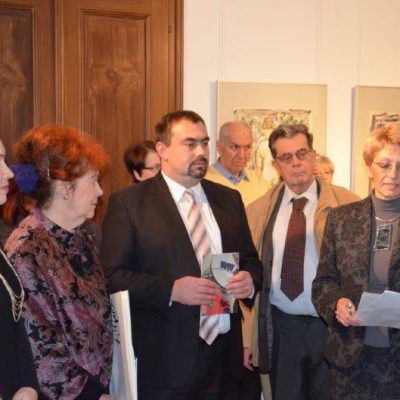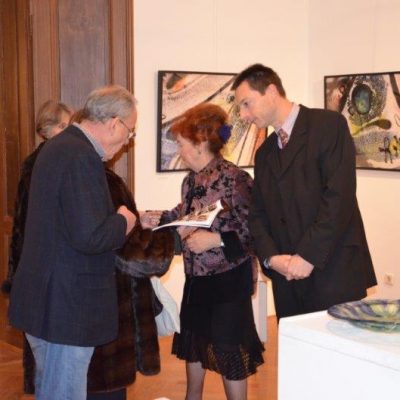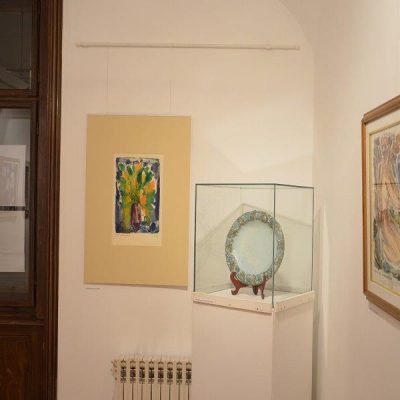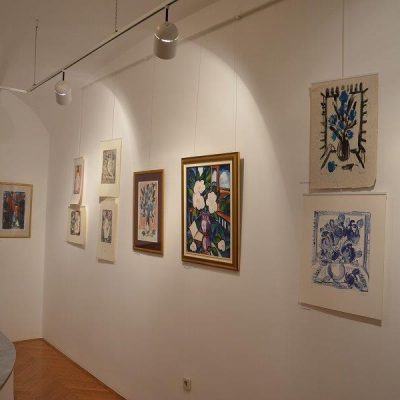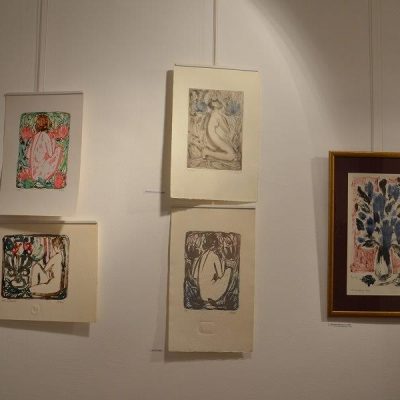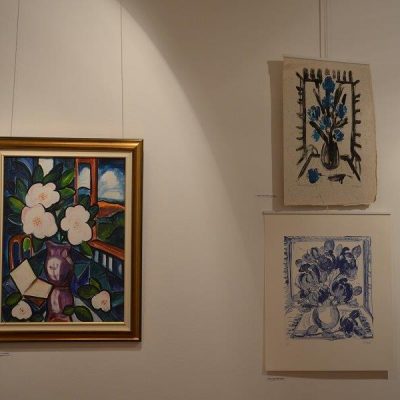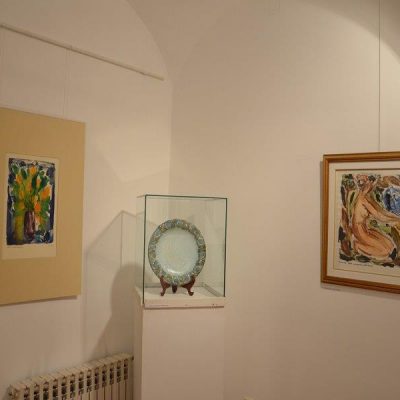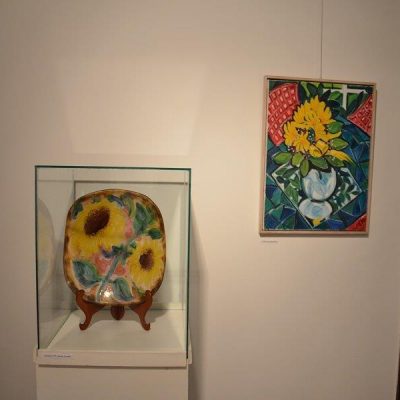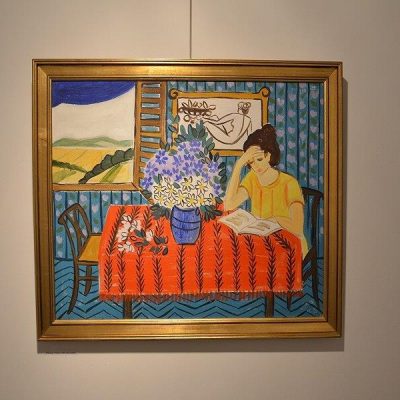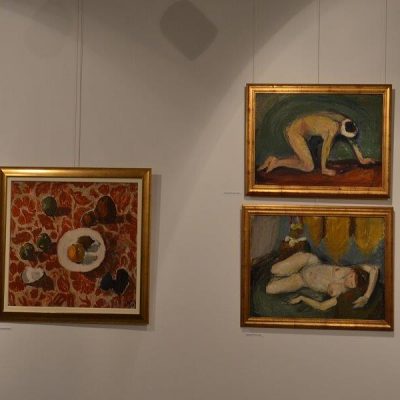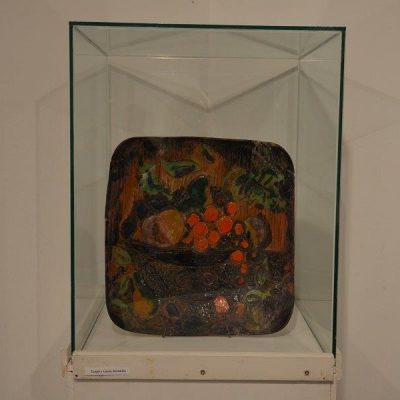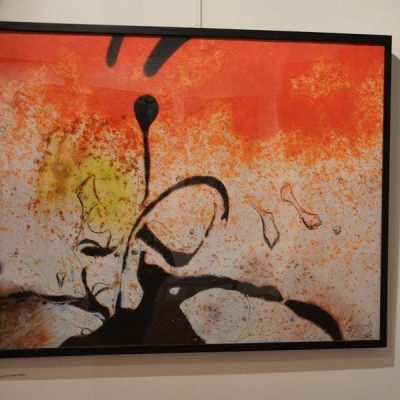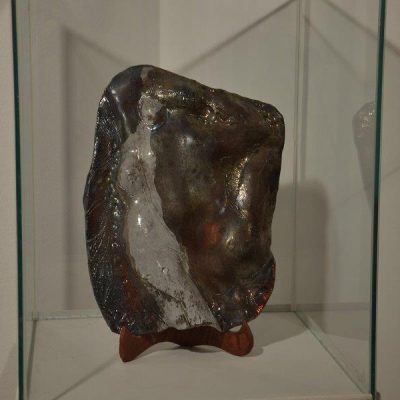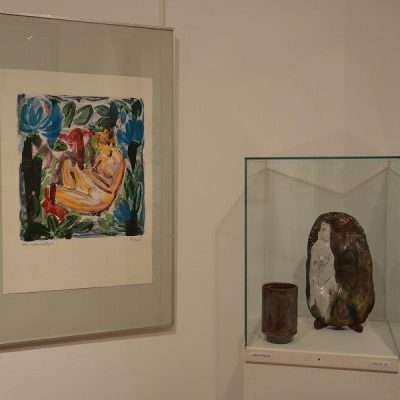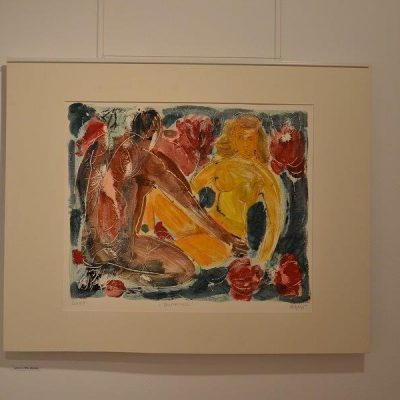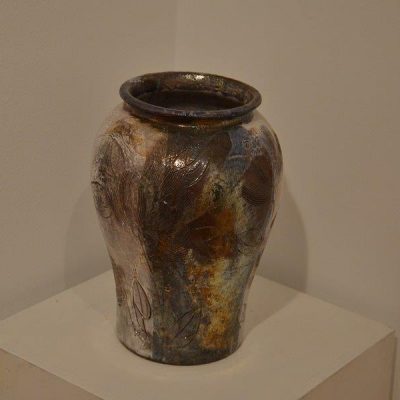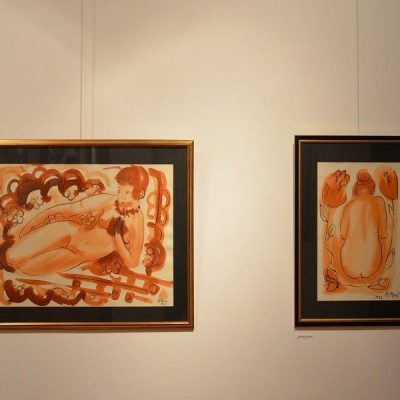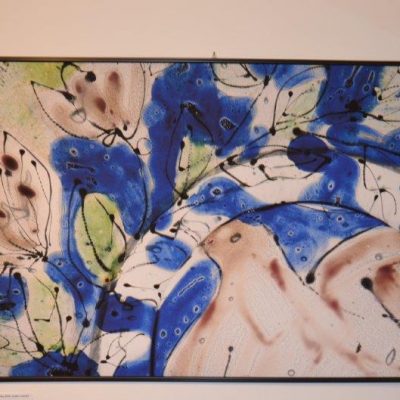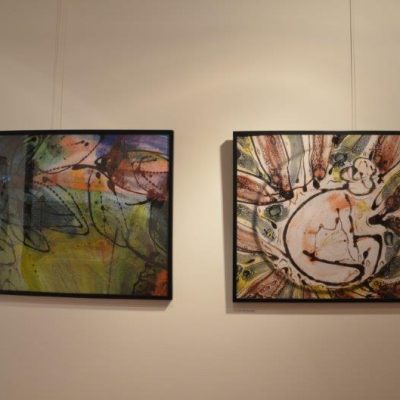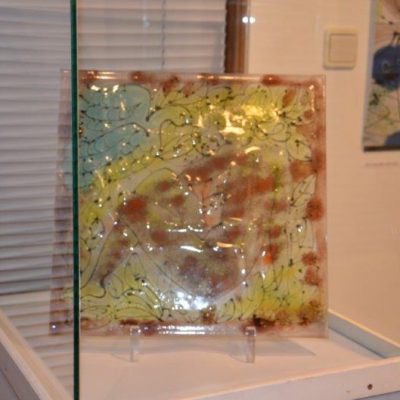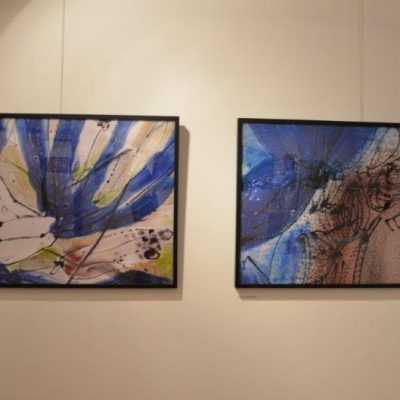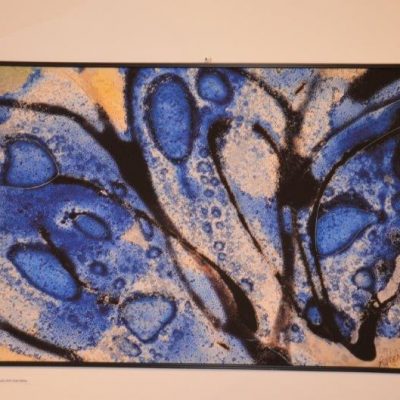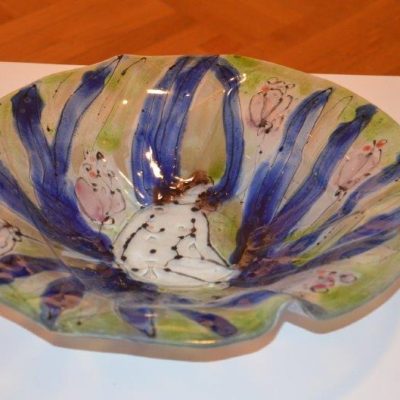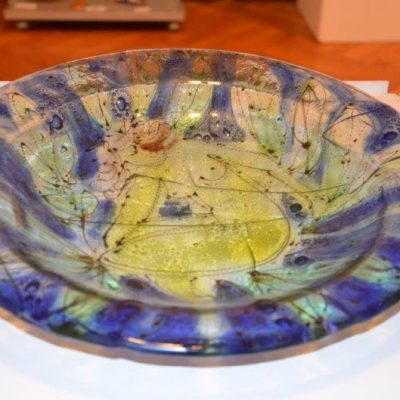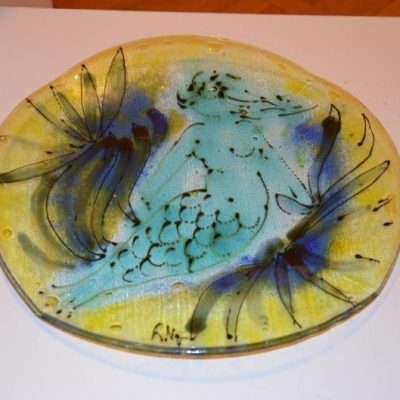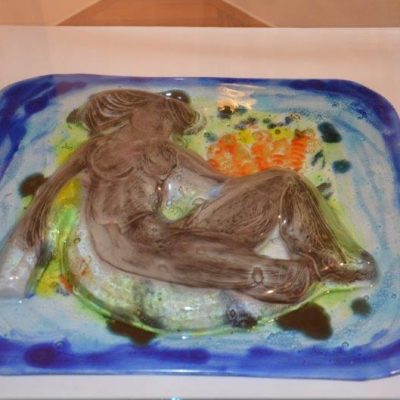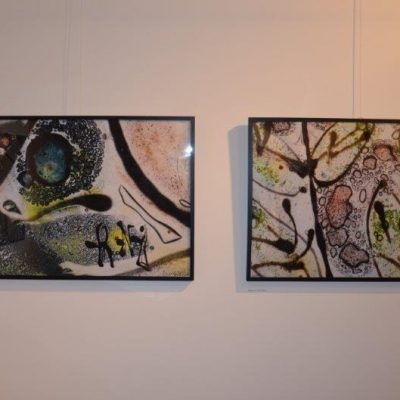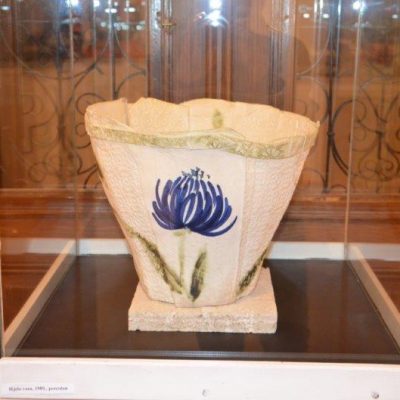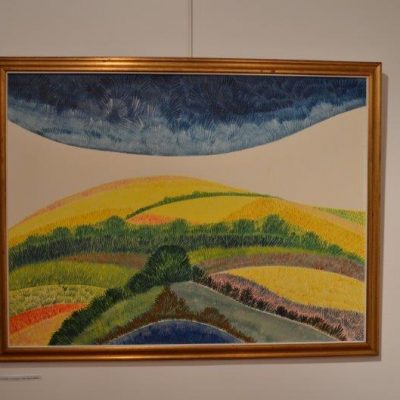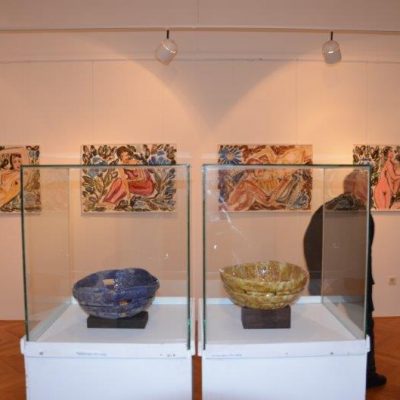KRAPINA, Highlights of Reflection – Gallery of city Krapina
December 12. 2014.
Highlights of Reflection – Gallery of city Krapina, KRAPINA from December the 12./2014. – January the 10./2015
Ljerka Njerš’s artistic oeuvre undoubtedly represents one of the most heterogeneous but at the same time one of the most homogeneous visual art experiences in the contemporary Croatian art. The fullness of style, shapes and artistic handwriting have ranked high within the context of the artistic quality and inventiveness particular to her métier through all the author’s creative phases. Art critics have never been indifferent to her constant inclination to experiment through different materials and media of expression as well as to the ease with which she has been able to transfer her creative and mental energy into material; they have always believed that in Ljerka Njerš’s work there ought not to be a strict dividing line between the so-called high, i.e. pure art and applied arts. Ljerka Njerš has continuously been moving the traditional boundaries of ceramic art, art glass and multi-colour monotypes by using the extraordinary ability to synthesise the medium of art and invention, which typically has gone beyond the so-called material limitations. We could say that sometimes even the best naked-eye observers can hardly discern whether they have a drawing, monotype, watercolour or clay and porcelain before them. Likewise, while viewing different artistic artefacts by this author, the observer cannot remain immune to the fact that she often paints on ceramics, she paints on glass and tries hard to manage the impression of volume and space through sequencing of background planes in her landscape drawings, monotypes of nudes or small relief porcelain tiles. Her entire artistic oeuvre is a big, purposeful synthesis that helps her overcome and bypass any strict rules and restrictions of the creative achievements in an almost programmatic, radical (in the true spirit of the legacy of the artistic avant-garde) fashion.
Such a lasting interest in “polyvalent media and techniques” (Ivanka Reberski) has proved that an outstanding artist is gifted with high creative combining ability, which definitely requires untouched areas where imagination and inventiveness can be freely expressed. The idea of the selection presented by Ljerka Njerš at this exhibition is to offer what is best and authentic in every segment of her artistic work, to offer the items that perfectly reflect the level of both craftsmanship and poetic inventiveness. While her artistic oeuvre is undoubtedly complex if perceived in terms of material and media, it is nevertheless complete in terms of style and subject, that is their reading and comprehension. The subjects of a reclining and sitting nude, flowers and landscapes have featured this oeuvre through decades, with delicate variations in fitting a nude for floral frame, with expanding the theme of a nude or double nude toward metaphoric images of the Garden of Eden, with reducing floral ornament to a single leaf or a few flowers or with more accentuated stylization of the subjects of plants and landscape in more abstract layers of a painting, painted porcelain or ceramics. The seemingly realistic world of Ljerka Njerš has been revealing to us in its visual complexity experiences of different historical and art periods and styles: a great stylistic legato, which can also be seen at this exhibition, has the echo of the stylization of Etruscan shapes and those dating back to antiquity,
Renaissance impulses of the sensualistic world view and Matisse’s and Picasso’s pure line drawing. As Ivanka Reberski could not have said it better – while she was writing about Ljerka Njerš’s artistic oeuvre – that “in our visual art practice we haven’t had the opportunity to see such a sublime purity of lines and shapes, whether it be in floral motifs, female figure or landscape since the periods of Secession and Art Deco and there are few from that epoch that could match her.” Her artistic expressiveness, lyricism and sensuality are delicately balanced by a careful selection of tonal range that is reduced to only a few colours with a special emphasis on some complementary pairs of colours or deep and saturated tonal registers of green, blue, red and brown. This naturally led her to the artistic hygiene of Eastern calligraphy, especially to the tradition of Chinese drawings from the dynasty period – as pointed out by Josip Depolo, where the reduction of painted forms of abstract gestures served as a refined complement to porcelain tiles and Raku ceramics. She used to be closer to Fauvist colours and linear stylization of a nude with black contour lines, with large areas of bright colours on ceramic bowls and plates as well as with particular insisting on the development of ornaments in material. As for Ljerka Njerš’s graphic sensibility, it appeared in the process of printing leaves and lace on the surface of porcelain, thus setting some completely new form parameters –previously unknown – in the contemporary Croatian ceramics. Small relief and usable plastics contained as much power and energy as big glass plates or large format nude drawings. Whatever medium or material this artist’s exceptional inventiveness is shown through, her tendency towards harmony, proportions and balance is clearly visible in the work of art composition.
The images of the sky and the earth/landscape or a nude and landscape are often in the golden ratio proportions, regardless of whether we have a painted ceramic or porcelain plate, a monotype or a drawing before us. Painted parts always have carefully defined empty white space or empty space on ceramic-porcelain-glass surface. None of the stages in Ljerka Njerš’s creative work are characterised by excessive narativeness, fear of empty space or accentuated decorative features of shapes and tonal palette that disguises the lack of artistic invention. This vitalistic and positive principle of creation can be sensed in every aspect of this artistic oeuvre; from references to mythological goddesses in the studies of nudes to the ongoing dedication to the motifs of nature that speak about the power of constant renewal and the creation of new life. In each bowl, plate or drawing by this artist an equal level of artistic and life energy is pulsating as if the dark moments of our life have never existed or been stored. However, that is not a shortcoming of this outstanding oeuvre; in actual fact, it points out to us rarely encountered power of artistic talent and invention.
Iva Körbler
